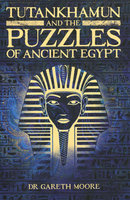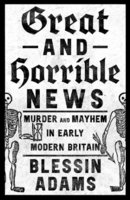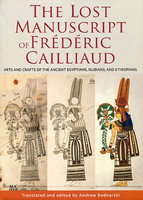New, Quality Gift Books - 50-90% off - over 2500 titles
Your basket is empty.
Categories History DESCRIPTION OF EGYPT: Notes and Views in Egypt and Nubia
DESCRIPTION OF EGYPT: Notes and Views in Egypt and Nubia
Book number: 95078
Product format: Paperback
In stock
Bibliophile price
£7.50
Published price
£39.50
Customers who bought this product also bought
|
WONDERFUL THINGS 1: A History of Egyptology
Book number: 95145
Product format: Paperback
Bibliophile price
£5.00
Published price
£24.99
|
WONDERFUL THINGS 2: A History of Egyptology
Book number: 95146
Product format: Paperback
Bibliophile price
£4.50
Published price
£24.99
|
TUTANKHAMUN AND THE PUZZLES OF ANCIENT EGYPT
Book number: 93968
Product format: Paperback
Bibliophile price
£2.75
Published price
$12.99
|
|
HOW I BECAME A TREE
Book number: 94626
Product format: Hardback
Bibliophile price
£5.00
Published price
£18.99
|
GREAT AND HORRIBLE NEWS: MURDER AND MAYHEM IN EARLY
Book number: 95026
Product format: Hardback
Bibliophile price
£7.50
Published price
£18.99
|
LOST MANUSCRIPT OF FREDERIC CAILLIAUD
Book number: 95104
Product format: Hardback
Bibliophile price
£16.00
Published price
£35
|
Browse these categories as well: History, Travel & Places, EGYPT BOX







